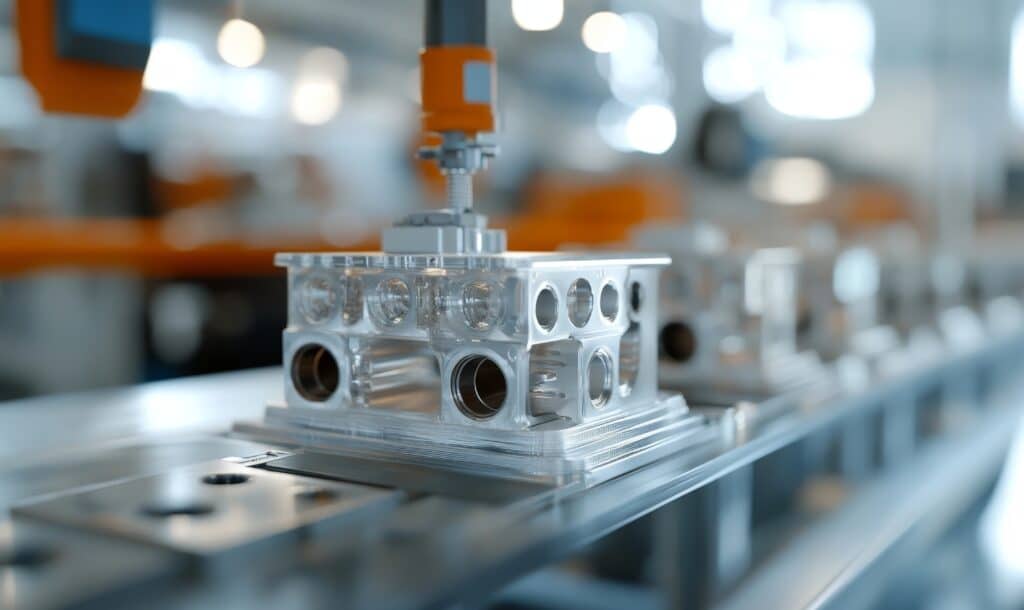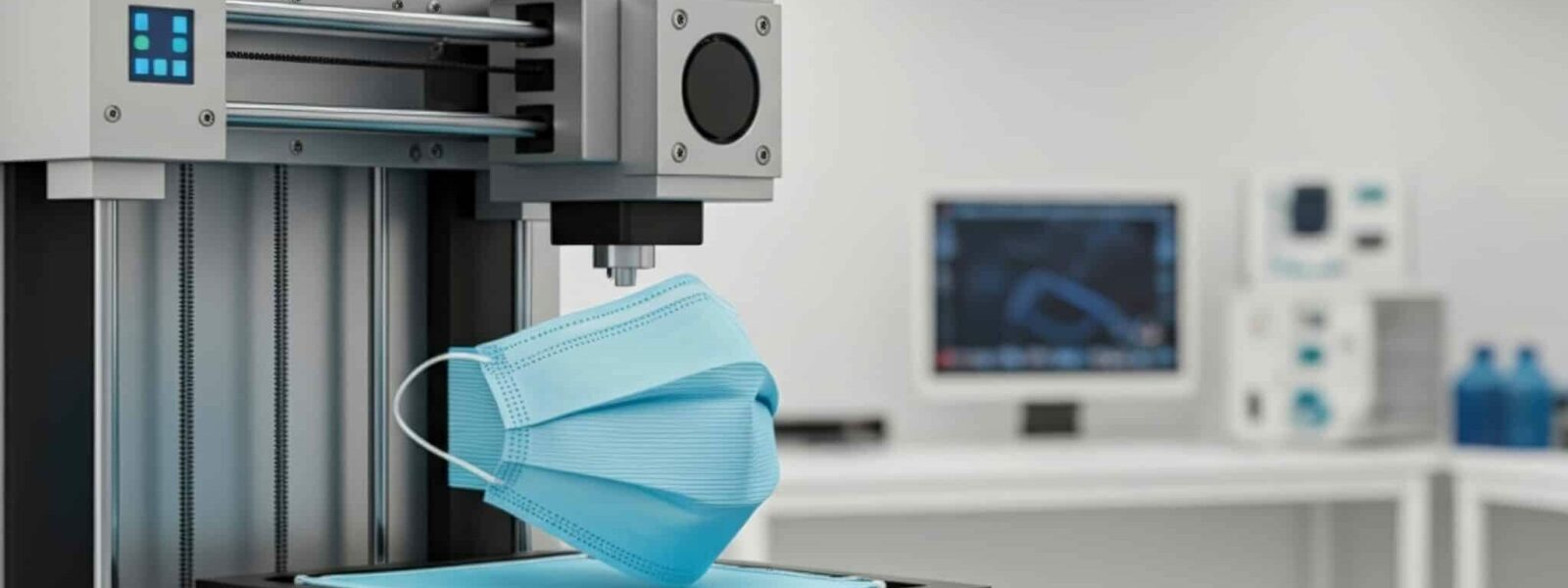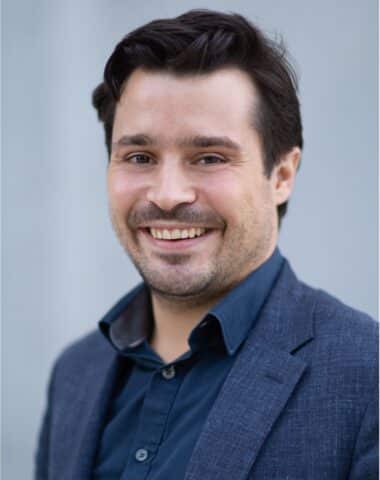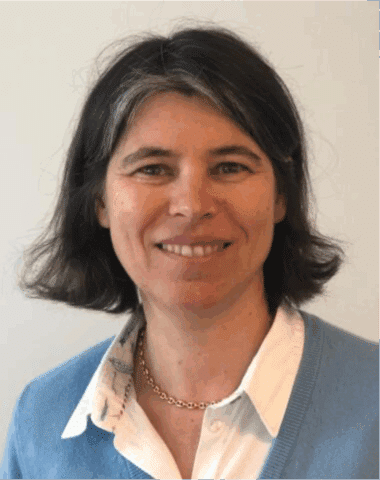3D printing in hospitals: open innovation during the COVID-19 crisis
- During the COVID-19 crisis, university hospitals in Greater Paris experimented with open innovation to address shortages of medical equipment.
- To do this, around 60 3D printers were available, along with engineers, in one of the hospitals in the network.
- In total, from April to December 2020, more than 33,000 units were printed, the majority of which (87%) were protective equipment.
- This proximity between engineers and teams enabled rapid knowledge transfer, allowing the usual hierarchical procedures to be reversed.
- Beyond new products, this system has brought innovations in management and manufacturing processes while improving job satisfaction.
When COVID-19 hit, Greater Paris University Hospitals (AP‑HP) faced dire shortages of personal protective equipment (PPE) and medical supplies. In March 2020, an AP-HP surgeon and the CEO of a 3D printing medical services start-up, proposed setting up a “3D farm” of 60 printers inside one of network’s hospitals. Backed by €1.7m in private funds, the platform was up and running within weeks—a testament to what is possible when urgency removes bureaucratic friction. Due to the nature of the challenge of supplying such an organisation, the platform innovated through knowledge flows across the establishments, making it an interesting case study of an “open innovation” approach.
This organisational paradigm dates back to the early 2000s1, in the wake of the information revolution. Then, Berkeley Professor Henry Chesbrough posited that information had become so widespread that innovation could sprout from anywhere, and companies that wanted to stay ahead of the curve needed to open up to external ideas. Open innovation has demonstrated its potential in the health sector, particularly during the rapid development and testing of a new COVID-19 vaccine2. However, a hospital setting is not a blank slate and requires specific knowledge flows within a dense network of public and private organisations. Understanding the flow of information and interactions within such a setting could help enhance innovation within this complex ecosystem.
The AP-HP initiative provides a rare case study to answer this central question: can open innovation work within a hospital?
Value creation: immediate and evident
Investment in the 3D printing platform quickly paid off. Over nine months (April to December 2020), more than 33,000 units rolled off the printers’ banks. The majority of these (87%) were protective equipment, but there were also a surprising range of other objects: customised surgical instruments, supports for oxygen bottles, replacement parts for cleaning machines, and even headrests for intensive‑care patients kept prone for long spells.
In a system where “innovation” is often sequestered in specialist silos, the platform opened the door to all comers. Engineers were embedded on‑site, which meant they could glean ideas from not just doctors, but also nurses, therapists, technicians, and maintenance staff, reversing the typical hierarchical structures. The close collaboration with an external 3D printing startup, notably its engineers, its supplier, and its academic partners (for instance, French engineering schools), bolstered innovation in a way that would not have been achievable through solely in-house innovation, as contracting out these engineers would have been too expensive.
Proximity allowed for tacit knowledge transfer: by walking from a workbench to a ward, engineers could create prototypes in the space of a few hours rather than months, and these could be iterated rapidly. This not only met urgent needs, but often uncovered hidden challenges, and created moments for spillover innovation, sometimes repurposing devices across departments.

Beyond new products, the platform brought managerial innovations (on-site interdisciplinary collaboration) and process innovations (localised manufacturing that cut lead times from months to days, reduced costs, and avoided stockouts). It also seems to have improved work satisfaction by empowering staff to solve practical problems.
Value capture: an innovative but unfocused endeavour
A turning point came in September 2020. Without the focusing power of the global pandemic, and away from the pressing need to provide PPE, it was time to imagine how the platform could work in the long run. Champions imagined several ways that it could create value in the long run, some more financially tangible than others. These ranged from producing regulated medical devices, to licensing innovative 3D designs to other hospitals, to design patenting. Per the plan, the models’ licencing fees were also to be shared with the inventor, which could act as a magnet for promising physicians that could counterbalance AP-HP’s renown administrative complexity and limited recruitment budget.
In-house production was also forecasted to be cost-cutting, as there were early signs that it could help reduce some procurement costs, improve care, retain control of valuable patient data tied to customised devices and enhance teaching and research. Training could also be offered to other hospitals to roll out a similar platform. One of the most advanced plans was the 3D Print for Africa project, which imagined training staff and helping in the implementation of 3D printing hospitals in five west African hospitals.
Buoyed by its versatility, permanent ambitions were sketched out to increase the platform’s role, while improving its value capture. In theory, these plans met the threefold mission of a teaching hospital: patient care, research, and education. In practice, however, several organisational and financial barriers hindered progress. Phase‑two investment was estimated to require €1.4m, with annual running costs valued at €1.2m. While senior leaders acknowledged the patient‑care benefits of the proposed phase 2 plans, it was difficult to support a clear revenue‑or‑savings model. The hospital’s procurement agency, also clashed with the project team over medical device regulation, notably fearing that prototypes produced by the platform would fail to meet compliance standards linked to medical equipment. There was little visibility on the facility’s scaling up, as the platforms’ initial small size, which had proven catalytic to innovation, would also limit development.
Three essential conditions have been identified to make such innovation sustainable: a culture of innovation, alignment of interests, and clarity of expected rewards.
Historical in-fighting also proved to be an issue — in practice, during the first phase of the platform’s life, hospitals closest to the 3D farm were most likely to use the service. As the second phase was being examined, stakeholders expressed fears that AP-HP’s reputation for internal competition, referred to by one interviewee as “turf wars”, could limit access of some of the networks’ participants to the machines. With no consensus on objectives and regulatory doors closed, the contract with the external partner was ended early in 2021.
Successful innovation: the right mindset is required
Despite its limitations—including the exceptional nature of the COVID-19 pandemic, the study’s small sample size (a case study), and the specificity of this organisation’s culture—this research sheds light on the potential of open innovation in a hospital setting. It also demonstrates how a project can be quickly abandoned if the value capture is not quickly and clearly defined.
Our research isolates three vital conditions for making such innovation sustainable. First is an innovation culture. Bureaucratic rigidity, hierarchical decision-making, and financial constraints arrested momentum until leadership appointed a dedicated director and project lead. Without committed structures and champions, external knowledge flows struggle to take root. Second is alignment of interests. All internal stakeholders — not just clinicians, but also administrators and support services — should be able to see their roles and rewards clearly. In AP‑HP’s case, misaligned competencies and perceived turf threats undermined progress. Third is clarity on expected rewards. The project’s origin as an emergency PPE factory blurred its potential long-term impact. Management sought financial returns; champions also valued harder‑to‑measure gains such as efficiency, morale, and data sovereignty. Absent consensus, the initiative lost political and fiscal support.
The original “3D farm” did leave a legacy. In 2024, AP‑HP launched a new additive manufacturing platform. The project learned from its earlier cautionary tale — this time it has formal governance, a network of thirteen other public research hospitals, and a clear mission to produce both medical and maintenance equipment inside the health system.
















